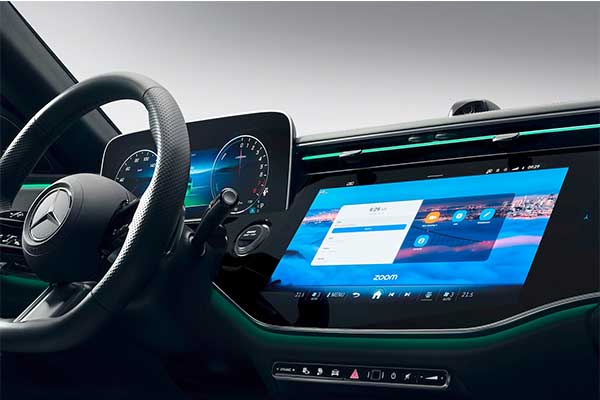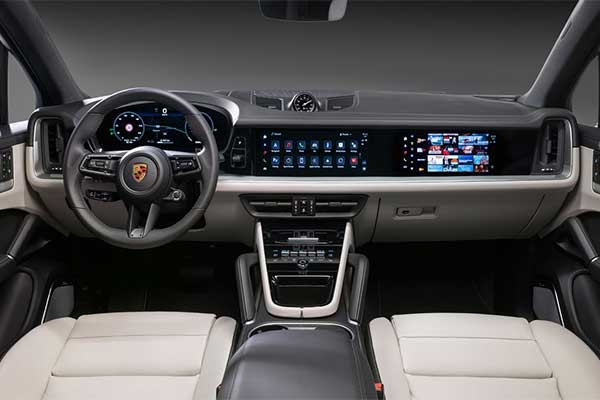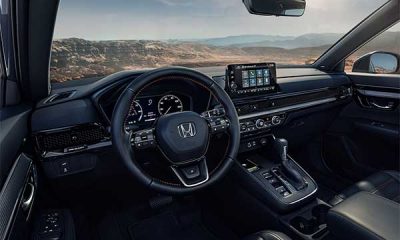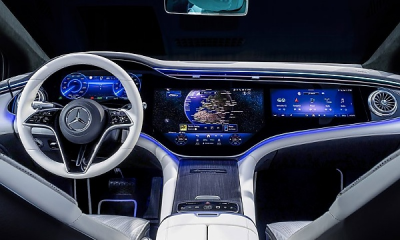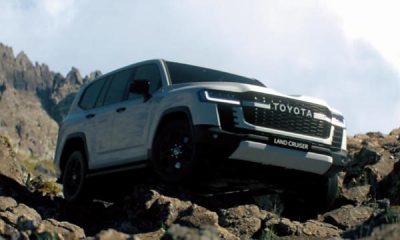News
More Apps To Be Available In Cars Via Google Through New Approach
-

 News1 week ago
News1 week agoOfficial Cars Used By Muhammadu Buhari During His Rule As Nigerian President, Military Head Of State
-
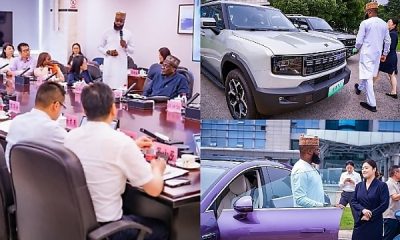
 News1 week ago
News1 week agoNASENI CEO Meets With Chairman Of Chery In China To Explore Partnerships On EVs, Local Assembly
-

 News1 week ago
News1 week agoNew Bentley Bentayga Speed Sets New ICE-powered SUV Hill Climb Record At Goodwood Festival of Speed
-

 News5 days ago
News5 days agoThe First In Africa : Davido Buys Customized Lamborghini Revuelto Sports Car Worth $1 Million
-

 Car Facts7 days ago
Car Facts7 days agoWhy “AMBULANCE” Is Spelled Backwards Like “ECNALUBMA” In The Front Of Emergency Vehicles
-
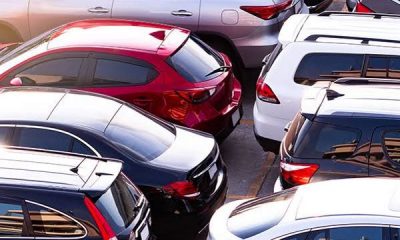
 News1 week ago
News1 week agoBank Fraud: Court Orders Final Forfeiture Of 9 Luxury Cars, ₦326.4m, $480,000 To FG
-

 News1 week ago
News1 week agoBMW Group Delivered 1,207,388 BMW, MINI And Rolls-Royce Vehicles Between January And June 2025
-

 News2 days ago
News2 days agoFashion Mogul, Seyi Vodi, Buys Rolls-Royce Cullinan Series II Worth N1.7b To Mark His 50th Birthday


